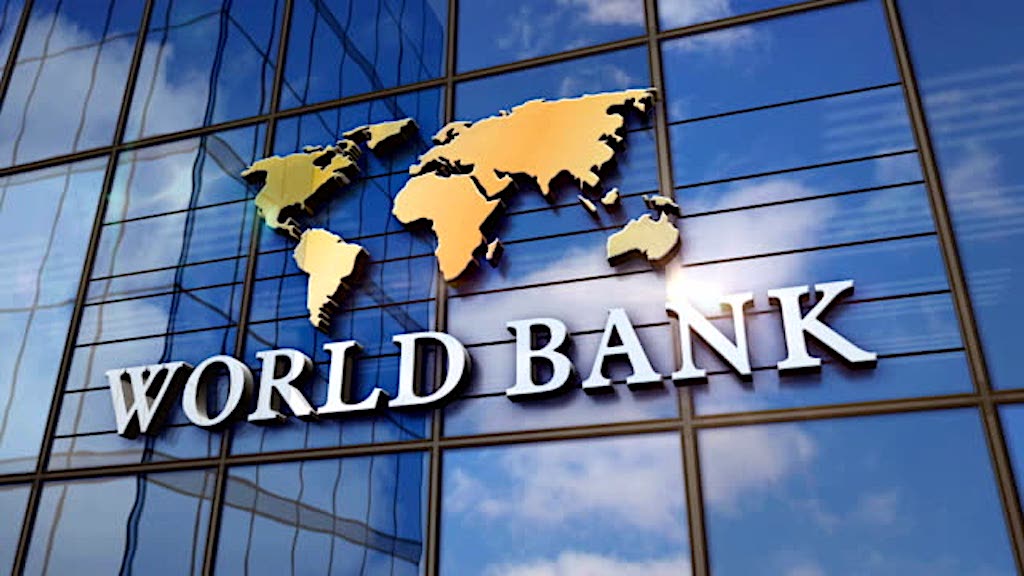Climate change is driving emerging poverty, World Bank warns
By Victor Mukabi, January 2, 2025A World Bank report identifies climate-related factors, worsened by greenhouse gas (GHG) emissions, as a major driver of rising poverty, particularly in low- and middle-income countries like Kenya.
Resources that could propel development are instead diverted to disaster response, with Kenya spending Sh100 billion in the year leading to September 2023 to address challenges such as prolonged droughts and recurring floods.
Kenya recently experienced its longest hunger period in five consecutive seasons, followed by widespread flooding. For the current financial year, the government allocated Sh11.3 billion for flood management, including Sh4.3 billion for humanitarian aid, Sh3 billion for El Niño disaster mitigation, and Sh3 billion for fertilizer subsidies.
Critics argue that these funds, if freed from disaster management, could be channeled into developmental projects to spur economic growth.
“To inform their decisions, policy makers must understand the trade-offs between growing incomes and lowering GHG emissions, find ways to scale up synergistic policies that can help advance on multiple fronts or reduce trade-offs (for example, tackling high air pollution), and manage transition costs to specific groups and communities affected by labour market or price shifts,” the world bank report reads.
A controversial government cattle vaccination program aimed at reducing GHG emissions, combating livestock diseases like Foot-and-Mouth Disease (FMD), and improving livestock export potential has sparked public debate. Critics point to inadequate stakeholder engagement as a hindrance to its success, even as the Kenya Veterinary Association (KVA) emphasizes the importance of such initiatives to address trade restrictions and unlock the livestock sector’s untapped potential.
The World Bank calls for comprehensive poverty reduction strategies, including investments in education, infrastructure, and financial capital. It warns, however, that rising costs of tertiary education and systemic inequalities threaten progress.
Globally, the bank projects that 7.3 per cent of the population will live in extreme poverty by 2030—well above the Sustainable Development Goal of 3 per cent. Without significant interventions, poverty rates could remain high for decades.
More Articles

